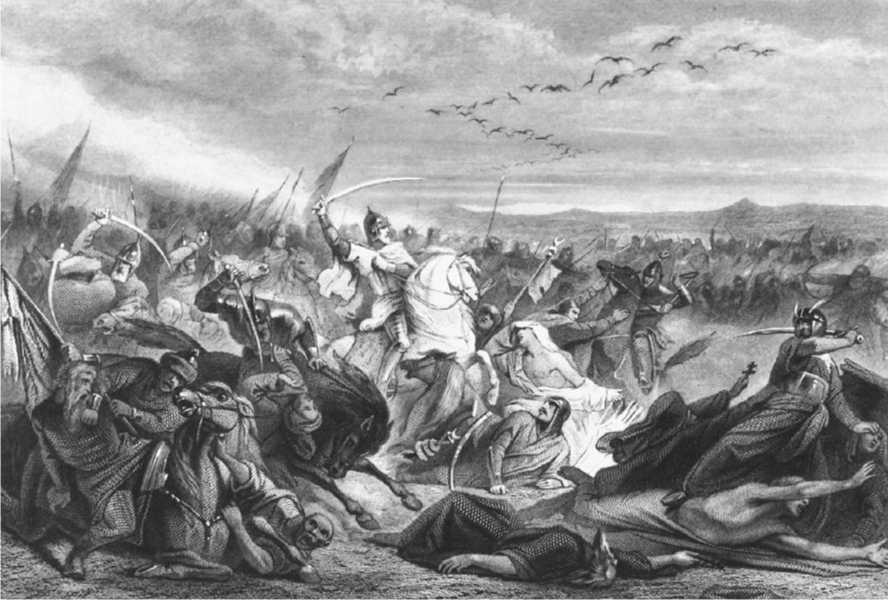The Mongols did not choose the new khan (chieftain), Kuyuk, until 1246, and when they finally renewed their efforts in the west, they shifted their focus from Europe to the Arab lands. This, combined with the fact that Kuyuk had taken an interest in Nestorian Christianity, convinced many Western Europeans that he was doing God's work. (Nestorian Christians believed that Jesus Christ had two separate identities, one human and one divine.) Some even suggested that Kuyuk might be linked with Prester John, a fabled Christian king in the East whose existence had been rumored since the 1100s (see box, "Prester John," chapter 18).
But Kuyuk died in 1248, and it took the Mongols three more years to choose another khan, his cousin Mangu. Mangu sent Hulagu, yet another cousin, into Persia and Mesopotamia (modern-day Iran and Iraq). Hulagu destroyed the Assassins, a terrorist group associated with the Ismaili sect of Islam, in 1256 before sweeping into Baghdad and killing the last Abbasid caliph in 1258. Upon Mangu's death, Hulagu gave himself the title Il-khan, and thenceforth all of southwestern Asia would be a separate khanate under his rule.
The Mongols had already destroyed what was left of the Seljuks in 1243, and when Hulagu invaded Syria, it appeared they were about to destroy the last remaining Muslim power, the Mamluks. This inspired great hope in Western Europe; but in a battle at Goliath Spring in Nazareth on September 3, 1260, it was the Mamluks who defeated the Mongols. Mongol conquests in the west thus came to an end.

The Mongols in battle in Eastern Europe. Reproduced by permission of Archive Photos, Inc.




 World History
World History









